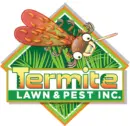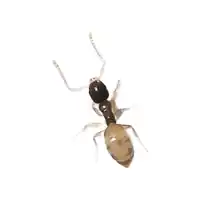Enter the content which will be displayed in sticky bar.
- Home
- About Us
- Our Services
- Service Areas
- Contact Us
- Blog
- Client Login
- Home
- About Us
- Our Services
- Service Areas
- Contact Us
- Blog
- Client Login
Common Types of Ants in Florida
Termite Lawn & Pest > Pest ID Library > Household Pests > Common Types of Ants in Florida
© 2024 Copyright All Rights Reserved - Termite Lawn and Pest, Inc.
Copyright Text Change from theme options panel

